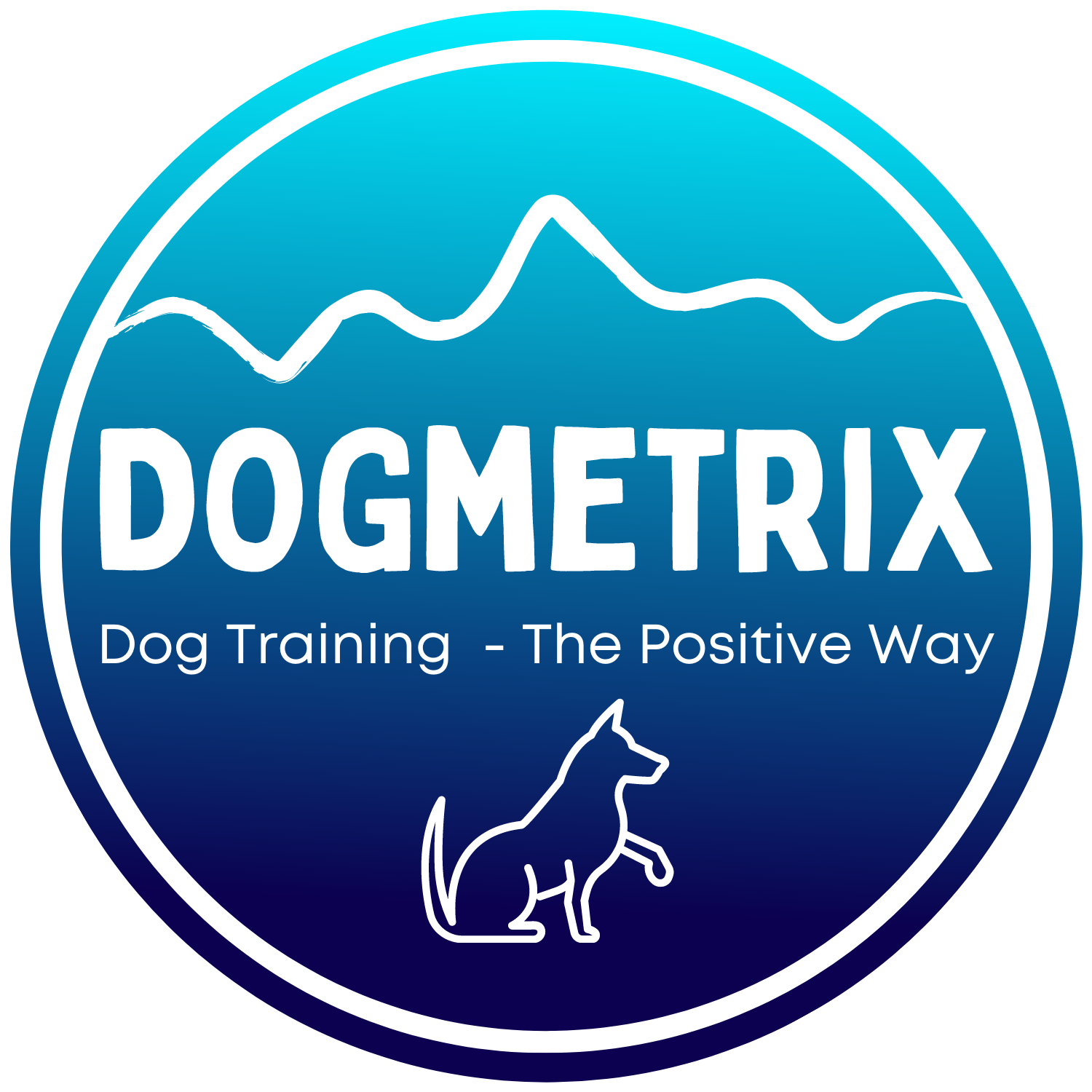TRIGGER STACKING: What is it and how do you prevent it?
As a force-free dog trainer, I have seen firsthand the challenges that come with managing trigger stacking in dogs when dealing with reactivity. Trigger stacking occurs when a dog experiences multiple triggers or stressors in a short period of time, leading to an overload of their nervous system and an exaggerated reaction to a seemingly minor trigger.
Reactivity in dogs can manifest in a variety of ways, such as barking, lunging, growling, or even biting. It is important to note that reactivity is not a sign of aggression or a desire to cause harm, but rather a coping mechanism for the dog's fear or anxiety. Forceful training methods, such as punishment or intimidation, can exacerbate reactivity and trigger stacking, leading to more severe behavioral issues.
One of the main difficulties in managing trigger stacking in dogs is identifying and addressing the root causes of their reactivity. This requires a thorough understanding of the dog's behavior and environment, as well as a commitment to force-free training methods that focus on positive reinforcement and building trust between the dog and their handler.
It is also important to recognize the signs of trigger stacking in dogs, such as increased panting, pacing, or restlessness. These behaviors may seem minor, but they can quickly escalate into more severe reactions if not addressed appropriately.
To prevent trigger stacking, it is important to manage the dog's environment and avoid known triggers as much as possible. This may involve adjusting the dog's walking route or avoiding crowded areas, as well as providing a safe and secure space for the dog to retreat to when they feel overwhelmed.
In addition, force-free training techniques such as counter-conditioning and desensitization can help reduce the dog's reactivity and prevent trigger stacking. These methods involve gradually introducing the dog to their triggers in a controlled and positive manner, rewarding calm behaviour and gradually increasing the intensity of the trigger over time.
Another important factor in managing trigger stacking in dogs is the role of the handler. It is crucial for the handler to remain calm and patient, avoiding punishment or correction-based methods that can increase the dog's anxiety and trigger stacking. Instead, the handler should focus on building a strong bond with the dog through positive reinforcement and clear communication.
In conclusion, managing trigger stacking in dogs when dealing with reactivity can be a challenging task, but it is essential for the well-being of the dog and the safety of those around them. By identifying the root causes of reactivity, managing the dog's environment, and utilizing force-free training techniques, we can help our furry companions lead happy and healthy lives.
